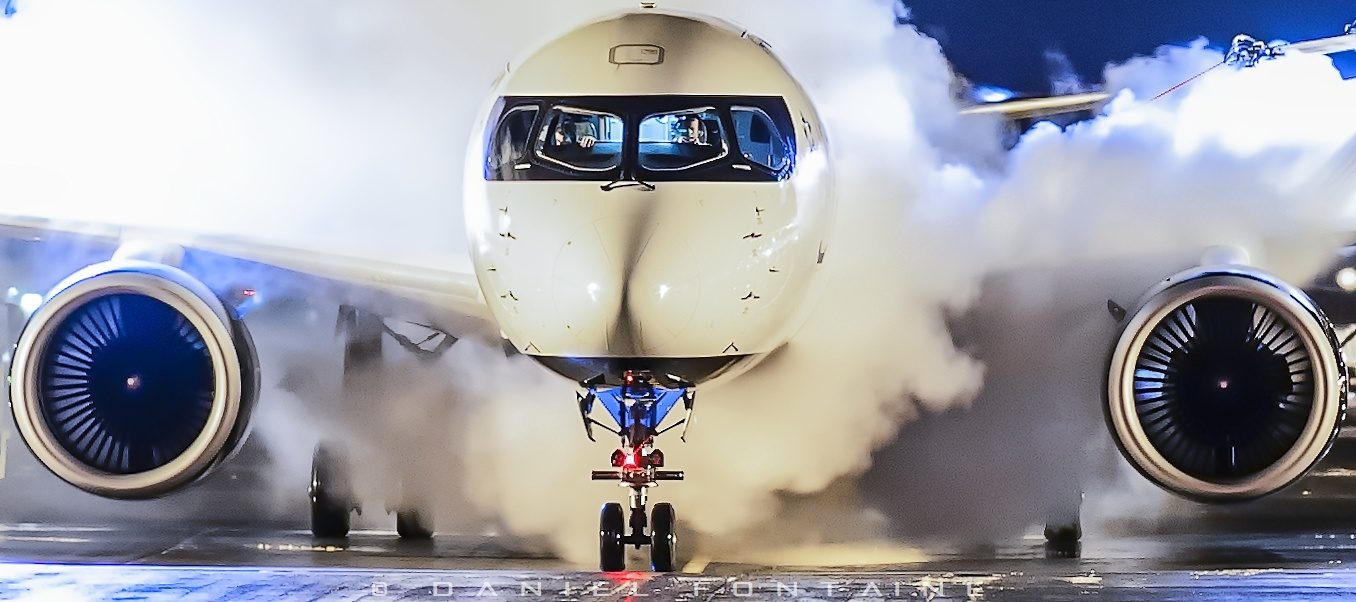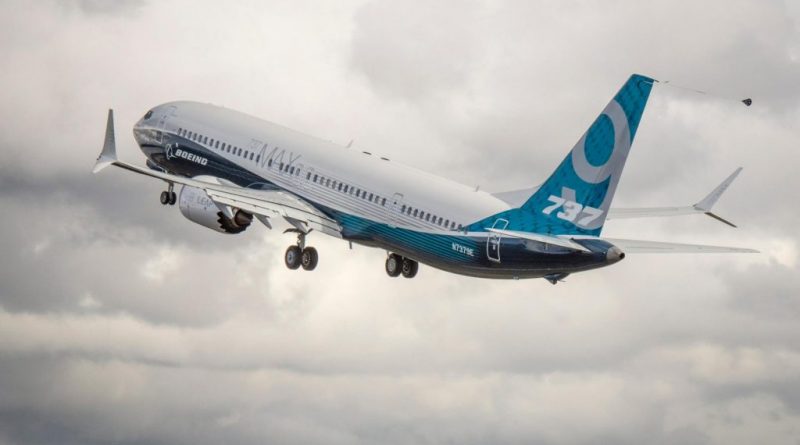Transport Canada must evaluate MAX horizontal stabilizer.
Next Wednesday we will know the name of the new Minister of Transport. Unless the government is overthrown in the next six months, the new minister will have to manage the return in service of the MAX.
The MAX in Canada
According to Transport Canada records, 41 B737MAX are registered in Canada; 24 at Air Canada, 13 at Westjet and 4 at Sunwing. A total of 83 MAXs are still in order for these three Canadian companies. In the coming years, there could be up to 123 MAX in service in Canada. By comparison Air Canada and Air Transat are the only two operators in the A320 family of aircraft in Canada, with a total of 112. The MAX could become the most used single-aisle aircraft in Canada in less than five years.
It is now established that in early 2020 the FAA will lift alone the MAX ban. Other certification agencies, including Transport Canada, will do their own assessment, which will take longer. Given the important role the B737MAX is expected to play in Canadian air transport, all necessary precautions should be taken before its return to flyght.
Sliping horizontal stabilizer
The hypothesis submitted by engineers Sylvain Alarie and Gilles Primeau is to be taken seriously. Remember that during the broadcast of Découverte of November 10, the two engineers raised the possibility that the jacksrew controlling horizontal stabilizer of the MAX slipped during the fatal flight ET302.
MM. Alarie and Primeau have solid expertise in flight controls and in particular on the horizontal stabilizer. This expertise has been recognized by large companies and by Transport Canada in the past. It is therefore impossible to brush aside their hypothesis on the progressive sliding of the horizontal stabilizer as the speed of the aircraft increases. To date, Transport Canada has not yet made a decision on the Assumption from engineers Alarie and Primeau.
The role of Transport Canada
Once Transport Canada has authorized the return to service of the MAX, airlines will be able to make their own assessment. But this will be limited to flight manual, operating procedures and pilot training. They do not have the personnel and expertise to develop and execute a flight test program to assess the MAX’s airworthiness. In addition, because airlines are not the regulatory authority, they are subject to prosecution by Boeing for refusing to return the MAX to service.
For the return to service of the MAX, public opinion must also be taken into account in this equation. Normally, when travelers ask questions about the safety of an airplane type, airlines rely on Transport Canada’s decisions. However, if the Canadian regulator does not evaluate the horizontal stabilizer of the MAX, the airlines would then have to justify themselves to their customers. Inaction by Transport Canada could therefore seriously damage the reputation and image of Canadian companies.
It’s a matter of leadership
Transport Canada’s aircraft certification knowledge is recognized worldwide. And as no other certification agency is called upon to evaluate MM. Alarie and Primeau hypothesis, it must assume its leadership.
Transport Canada’s decision on MAX in the coming months will be a point of no return; a refusal to lift the ban would likely put an end to this aircraft program. If the MAX returns in flight, its safety must be beyond any doubt. Imagine if in two or three years there was another fatal accident? In addition to deaths, global air transport would be further disrupted and public confidence would be lost.Transport Canada must assume leadership and evaluate the horizontal stabilizer of the MAX, regardless of external influences.
>>> Follow us on Facebook and Twitter

